Shanghai and eastern China have a specific cuisine that is not too well known among foreigners since it's rarely featured in Chinese restaurants in America and Europe. We're generally familiar with Cantonese/southern food with its dim sum and dishes in mild sauces, spicy/peppery/garlicky central and western cuisine with dishes named Szechuan, Hunan, and Kung Pao, and northern wheat noodle and steamed bun based food that makes good use of meat and tends to be rich and oily.
Eastern style food tends to use rather few spices but makes good use of sweet and sour flavors, abundant seafood, and baking and braising techniques that aren't used too extensively in other regional Chinese cuisines
. Being near to the ocean but also criss-crossed by canals and dotted with large lakes, it's no wonder Shanghainese cuisine prominently features seafood, with both ocean and freshwater varieties of fish, crab, shrimp, eels, and molluscs often constituting half the dishes on the menu. If price is any indicator, the head must be the best part of a fish, since so many high priced dishes have fish head as the main ingredient. It wasn't the season for Shanghai's famous hairy crabs, but I did try a few other local favorites including something called "Lakefood Soup", a thick seafood soup made entirely from freshwater fish, crustaceans, and molluscs, Bok Choy with Crab Sauce, and "Squirrel Mandarin Fish", a whole fish whose flesh is cross-hatch scored, then lightly battered and deep fried whole so it puffs up, served with a sweet and salty sauce.
I found a rather nice small restaurant just off Nanjing Road (the main pedestrian shopping street in Shanghai) that had a fully translated menu with lots of pictures, a very fortunate thing to come across
. English translations of menus usually feature some great Chinglish and are often hilarious, other times just strange. For example, this place featured:
Chengdu Saliva Chicken
Jellyfish Head With Radish
Salted Duck Gizzards
Homely Bean Curd
Stewed Hairtail
Grilled Bullfrog
Dork, perhaps a miraculous Chinese cross between something that goes "Oink oink!" and something that goes "Quack quack", makes many appearances of Chinese menus, as do "Lamp" and "Crap". Meanwhile, other dishes listed on Chinese menus leave you wondering "What on earth could this possibly be?" Some examples from the same menu include:
Thickened Black Mass
Joss Stick Spinach Murmur Meat
Living to Explode the Shan to Carry on the Back
The Hair Blood is Prosperous
Hunt Eight to Kick Football
Frailly Skin Seafood Winding
Black Hot Pepper Cowboy Bone
Meat Floss Salad
Delicious Soup in Marmite (this made me wonder if the Chinese found a culinary use for that salty black British sludge named Marmite that's always stocked on Dragoman trips)
I decided to have "The Grandmother Meat Braise in Soy Sauce Style" because I've never easten grandmother before
. Grandmother turned out to be surprisingly tender for such an obviously old animal, came covered in the same sweet, sticky brown sugar/soy/vinegar sauce as many Shanghai dishes, and tasted remarkably like pork (which is what I think it was).
The menu at this place was so much fun and the prices so reasonable I decided to return again, this time for "The Stem Burns the Whitewater Fish", a whole fish cooked with the same sauce as the grandmother meat with a few chili peppers thrown in, and Razor Clams (called Shenson) in a spring onion and ginger sauce.
The entertainment continued for me a few days later on Putuo Shan when I discovered such seafood delicacies as "Deep Fried Couch" and "Steamy Big Muscle" on a menu. Although common elsewhere too, it seemed that every restaurant on Putuo Shan had an adjacent garage-like room filled with tanks and buckets full of all types of fish and molluscs and underwater creepy crawlies from which the diners pick their own meal
. "Hey, the fish that arrived on my plate was smaller than the one I picked out in the tank. No Fair!"
Th eastern style of cuisine typical of Shanghai and the coastal islands is also characteristic of Hangzhou. Nevertheless, like many places in China, Hangzhou has some of its own local specialties, foremost among which is local West Lake Carp in Sweet Chili Sauce, made with carp raised in Hangzhou's West Lake. Better yet is Hangzhou Beggars' Style Chicken, a whole chicken that's lightly salted, wrapped in lotus leaves, and baked in a clay covering.
On a night with an especially auspicious full moon over West Lake, I decided to got to the lakeside Lou Wai Lou ("Tower Beyond Tower") Restaurant, Hangzhou's most famous eating establishment, to try a few more of the local delicacies for which it is renowned. Lou Wai Lou was founded in 1848 and is a place where important people in Chinese history ranging from Sut Yat-Sen to Zhou Enlai frequently entertained their guests
. The menu was full of such interesting-sounding dishes as Smoked Duck Tongue, Steamed Goose Liver, Dried River Eel, Preserved Jellyfish, Boiled Turtle with Chinese Herbs, Double Boiled Snow Frog in Papaya, Hairy Crabs, Wild Turtle, Treasure Crab, and Fried Gingko. Some of the exotic but intriguing concoctions containing birds' nests, abalone, sea cucumber, and shark's fin had some appeal but were a little too rich for my budget. After studying the menu for so long my waitress lost interest in me and assumed I must just be sitting in the restaurant to enjoy the air conditioning, I finally decided on my personal menu de Degustation:
Shaoxing Wine (a strong brown fortified wine similar to sherry from the nearby city of Shaoxing)
Traditional Fried Goose Liver (my first foie gras ever - what's all the fuss about?)
Deep Fried River Eel With Shrimp (good fish but I've had my fill of the syrupy sauce it's covered with)
Dong Po Style Braised Pork (pork belly in sweet sauce with some delicious morsels of meat between the fat)
Hangzhou Beef Soup (thicked with cornstarch and a bit sour and peppery)
West Lake Lotus Roots (cold and candied, a lot like sweet potatoes), and
Fried Celery With Lily Bulb (quite adventurous since I thought lily bulbs, at least the varieties I used to grow in my garden, are mildly poisonous. I survived)
Shanghai to Hangzhou - Eastern Chinese Food
Tuesday, July 24, 2007
 Shanghai, Shanghai, China
Shanghai, Shanghai, China
Other Entries
-
65Bayan Zag Flaming Cliffs, Gobi Desert, Mongolia
Jun 2826 days prior Üydzen, Mongoliaphoto_camera66videocam 0comment 0
Üydzen, Mongoliaphoto_camera66videocam 0comment 0 -
66Yolin Am Ice Canyon, Gobi Desert, Mongolia
Jun 3024 days prior Tsohyootoyn Hiid, Mongoliaphoto_camera63videocam 0comment 0
Tsohyootoyn Hiid, Mongoliaphoto_camera63videocam 0comment 0 -
67Crossing the Southeast Gobi to China, Mongolia
Jul 0222 days prior Hövsgöl, Mongoliaphoto_camera65videocam 0comment 0
Hövsgöl, Mongoliaphoto_camera65videocam 0comment 0 -
68Elianhot, China
Jul 0420 days prior Erlianhot, Chinaphoto_camera16videocam 0comment 0
Erlianhot, Chinaphoto_camera16videocam 0comment 0 -
69Onward to Beijing, China
Jul 0717 days prior Huairou, Chinaphoto_camera48videocam 0comment 0
Huairou, Chinaphoto_camera48videocam 0comment 0 -
70Beijing, China
Jul 0816 days prior Beijing, Chinaphoto_camera121videocam 0comment 0
Beijing, Chinaphoto_camera121videocam 0comment 0 -
71Yonghedong Monastery, Beijing
Jul 0915 days prior Beijing, Chinaphoto_camera13videocam 0comment 0
Beijing, Chinaphoto_camera13videocam 0comment 0 -
72Summer Palace, Beijing
Jul 1014 days prior Beijing, Chinaphoto_camera89videocam 0comment 0
Beijing, Chinaphoto_camera89videocam 0comment 0 -
73Tianjin, China
Jul 1113 days prior Tianjin, Chinaphoto_camera49videocam 0comment 0
Tianjin, Chinaphoto_camera49videocam 0comment 0 -
74Tai Shan Mountain, China
Jul 1311 days prior Tai'an, Chinaphoto_camera89videocam 0comment 0
Tai'an, Chinaphoto_camera89videocam 0comment 0 -
75Qufu, China
Jul 1410 days prior Qufu, Chinaphoto_camera52videocam 0comment 0
Qufu, Chinaphoto_camera52videocam 0comment 0 -
76Nanjing, China
Jul 168 days prior Nanjing, Chinaphoto_camera148videocam 0comment 0
Nanjing, Chinaphoto_camera148videocam 0comment 0 -
77Suzhou, China
Jul 186 days prior Suzhou, Chinaphoto_camera72videocam 0comment 0
Suzhou, Chinaphoto_camera72videocam 0comment 0 -
78Tongli, China
Jul 195 days prior Tongli, Chinaphoto_camera64videocam 0comment 0
Tongli, Chinaphoto_camera64videocam 0comment 0 -
79Shanghai, China
Jul 213 days prior Shanghai, Chinaphoto_camera163videocam 0comment 0
Shanghai, Chinaphoto_camera163videocam 0comment 0 -
80Shanghai - Huangpu Cruise and the Bund
Jul 222 days prior Shanghai, Chinaphoto_camera125videocam 0comment 0
Shanghai, Chinaphoto_camera125videocam 0comment 0 -
81Shanghai - Pudong Future World
Jul 231 day prior Pudong, Chinaphoto_camera165videocam 0comment 0
Pudong, Chinaphoto_camera165videocam 0comment 0 -
82Shanghai to Hangzhou - Eastern Chinese Food
Jul 24 Shanghai, Chinaphoto_camera27videocam 0comment 0
Shanghai, Chinaphoto_camera27videocam 0comment 0 -
83Putuo Shan, China
Jul 273 days later Putuoshan, Chinaphoto_camera152videocam 0comment 1
Putuoshan, Chinaphoto_camera152videocam 0comment 1 -
84Ningbo, China
Jul 284 days later Ningbo, Chinaphoto_camera13videocam 0comment 1
Ningbo, Chinaphoto_camera13videocam 0comment 1 -
85Hangzhou, China - Part I
Jul 306 days later Hangzhou, Chinaphoto_camera151videocam 0comment 0
Hangzhou, Chinaphoto_camera151videocam 0comment 0 -
86Hangzhou, China - Part II
Aug 018 days later Hangzhou, Chinaphoto_camera79videocam 0comment 0
Hangzhou, Chinaphoto_camera79videocam 0comment 0 -
87Hong Kong, China
Aug 0310 days later Hong Kong, Chinaphoto_camera245videocam 0comment 0
Hong Kong, Chinaphoto_camera245videocam 0comment 0 -
88Hong Kong's Victoria Peak
Aug 0411 days later Hong Kong, Chinaphoto_camera59videocam 0comment 0
Hong Kong, Chinaphoto_camera59videocam 0comment 0 -
89Sunday on Hong Kong Island's South Shore
Aug 0512 days later Hong Kong, Chinaphoto_camera48videocam 0comment 0
Hong Kong, Chinaphoto_camera48videocam 0comment 0 -
90Markets of Hong Kong
Aug 0613 days later Hong Kong, Chinaphoto_camera21videocam 0comment 0
Hong Kong, Chinaphoto_camera21videocam 0comment 0 -
91Lantau Island, Hong Kong, China
Aug 0714 days later Lantau, Chinaphoto_camera123videocam 0comment 0
Lantau, Chinaphoto_camera123videocam 0comment 0 -
92Macau, China
Aug 0815 days later Macau, Chinaphoto_camera102videocam 0comment 0
Macau, Chinaphoto_camera102videocam 0comment 0

 Shanghai, Shanghai, China
Shanghai, Shanghai, China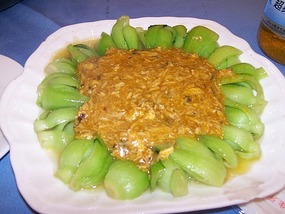
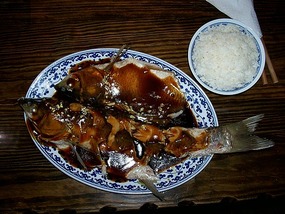
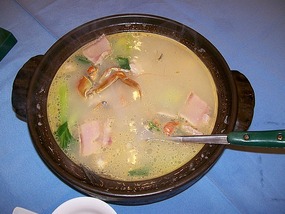
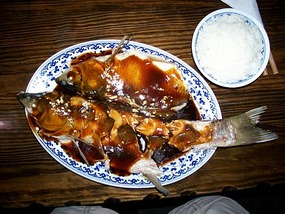
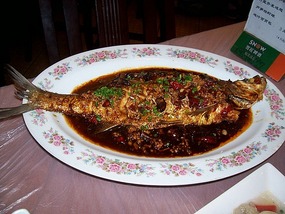


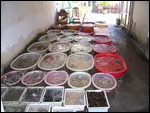
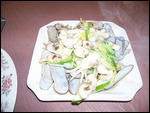
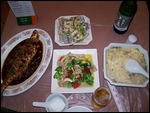
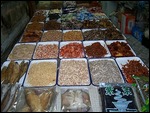
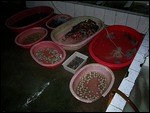
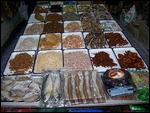
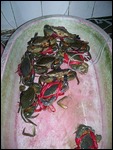
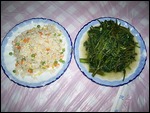
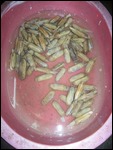
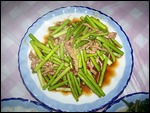
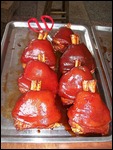
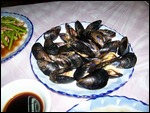
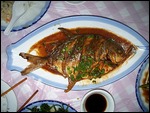
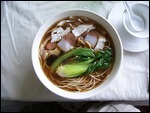
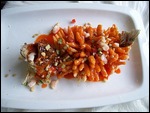
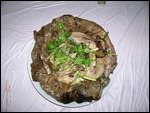
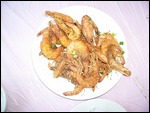
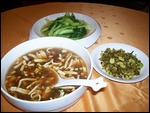
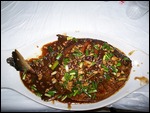
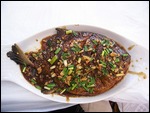
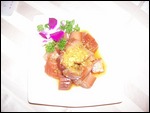
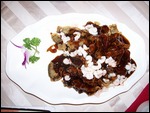
2025-05-23